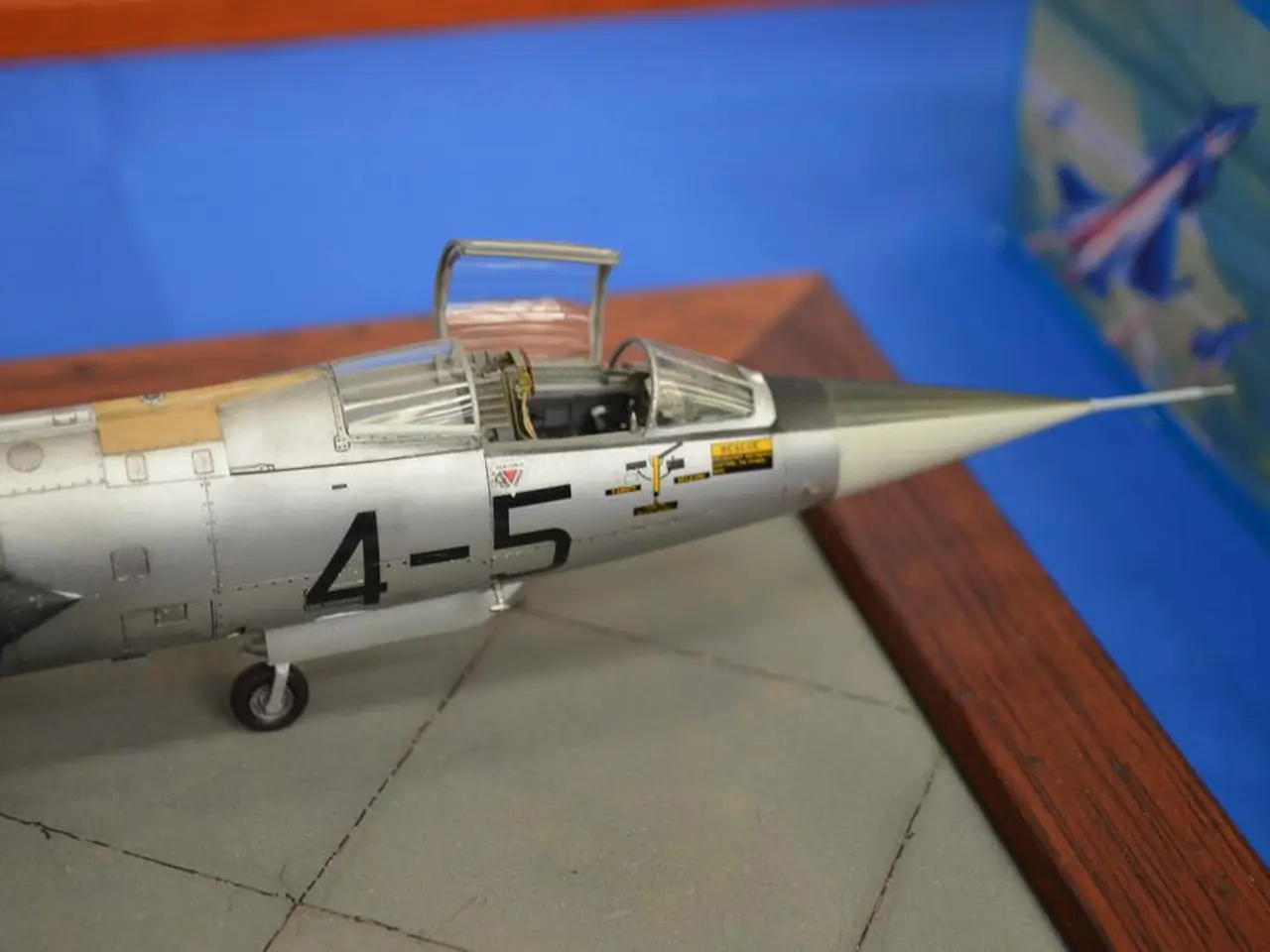SpaceX-operated X-37B spacecraft embarks on its eighth space voyage
In the realm of space exploration, the US Air Force's reusable spaceplane, the X-37B, has embarked on its eighth mission. This government-industry partnership, led by the US Air Force Rapid Capabilities Office and overseen by the US Space Force, has completed seven previous missions since its first flight in 2010. The Boeing-built X-37B Orbital Test Vehicle has accumulated more than 4,200 days in space, returning after each flight for inspection and augmentation.
This time around, the X-37B is hosting several technology demonstrations from government partners, including laser communications and a quantum inertial sensor. The mission is not the first to include such demonstrations, as it executed a first-of-its-kind aerobraking maneuver to change orbits while conserving propellant on its previous mission. As of now, the X-37B is performing well in orbit.
Meanwhile, NASA is making significant strides in its Artemis programme, with preparations underway for the Artemis II launch. This second step in NASA's effort to return humans to the Moon and eventually reach Mars sees the assembling of the Space Launch System (SLS) rocket for the Artemis III lunar mission at Kennedy Space Center. This mission includes a Boeing-integrated service module to increase payload capacity for experimentation activities on orbit.
In the aviation sector, Lockheed Martin is set to upgrade the Republic of Korea Air Force's F-16 Block 52 flight simulators. The upgrade aims to mirror the advanced capabilities of its modernised F-16 Viper (F-16V) aircraft.
On the manufacturing front, Boeing has developed a 3D printed solar array substrate that reduces composite build times by up to six months. This new solar array substrate delivers up to a 50% improvement in production speed compared to current cycle times.
Elsewhere in the UK, Brookhouse Aerospace has invested over £500,000 in additional machinery to extend its engineering capabilities. The investment comes as Dassault Systèmes' 3DEXPERIENCE platform has been adopted by NCC and extended to other innovation centres within the UK High Value Manufacturing Catapult network.
These developments underscore the continued advancements in space exploration and aviation technology, with companies and organisations pushing the boundaries of what is possible.
Read also:
- European transportation's sustainability and competitiveness rely on a "green industrial agreement" that serves the interests of both corporations and residents, as discussed in an Editorial from August 2024.
- Indian Oil Corporation's Panipat Refinery secures India's inaugural ISCC CORSIA accreditation for Sustainable Aviation Fuel production
- Porsche Macan Accelerates into Second Generation of Electric Power
- Increasing Trend Downthe Globe: A Growing Number of Individuals Opt for Electric Vehicles Over Long Distances







